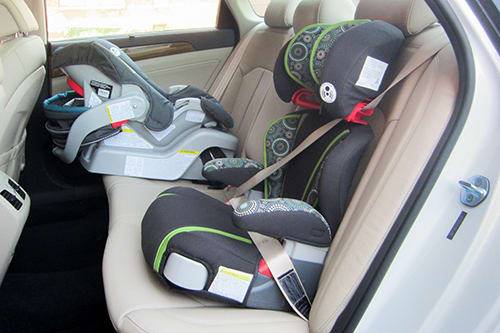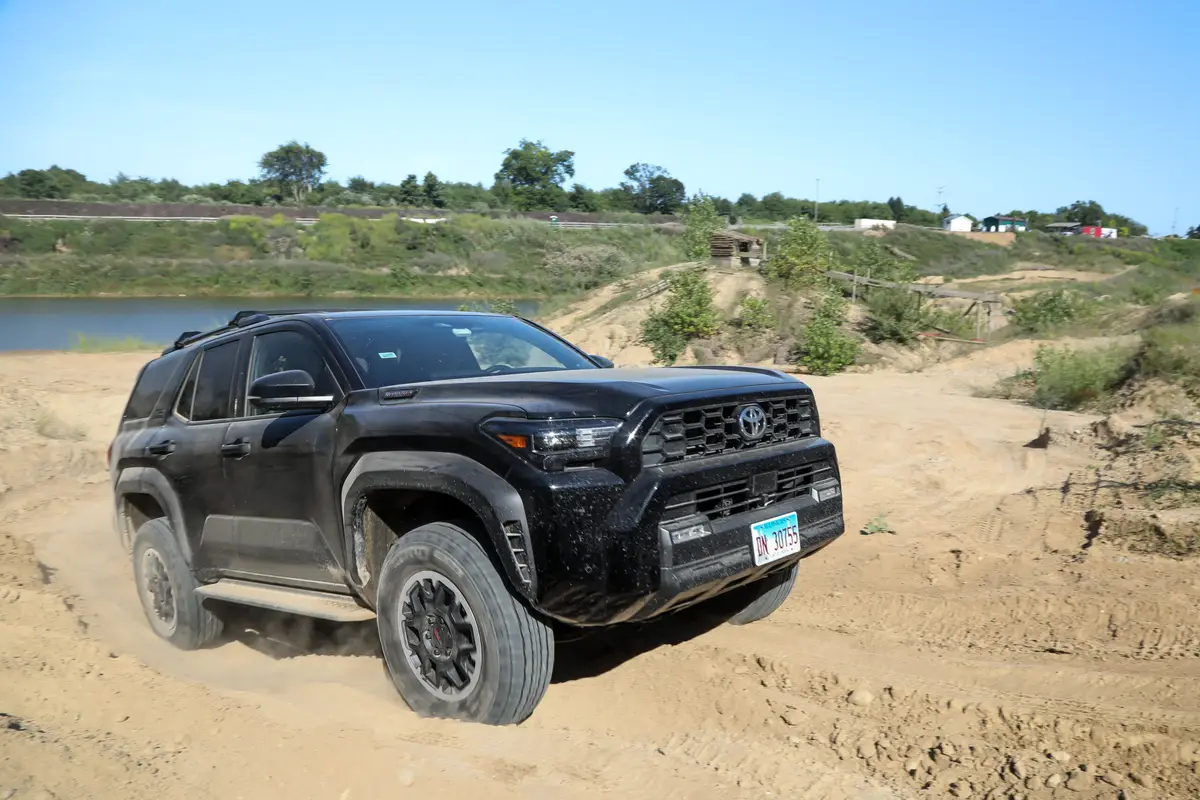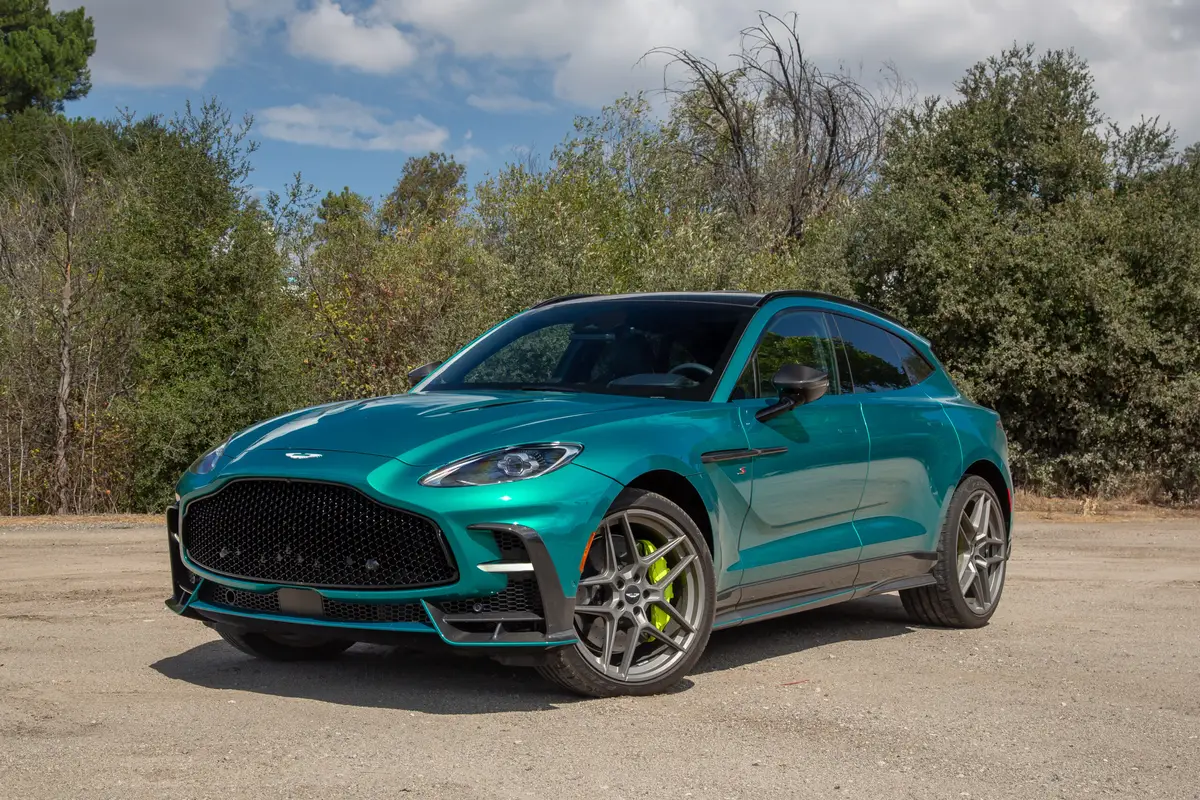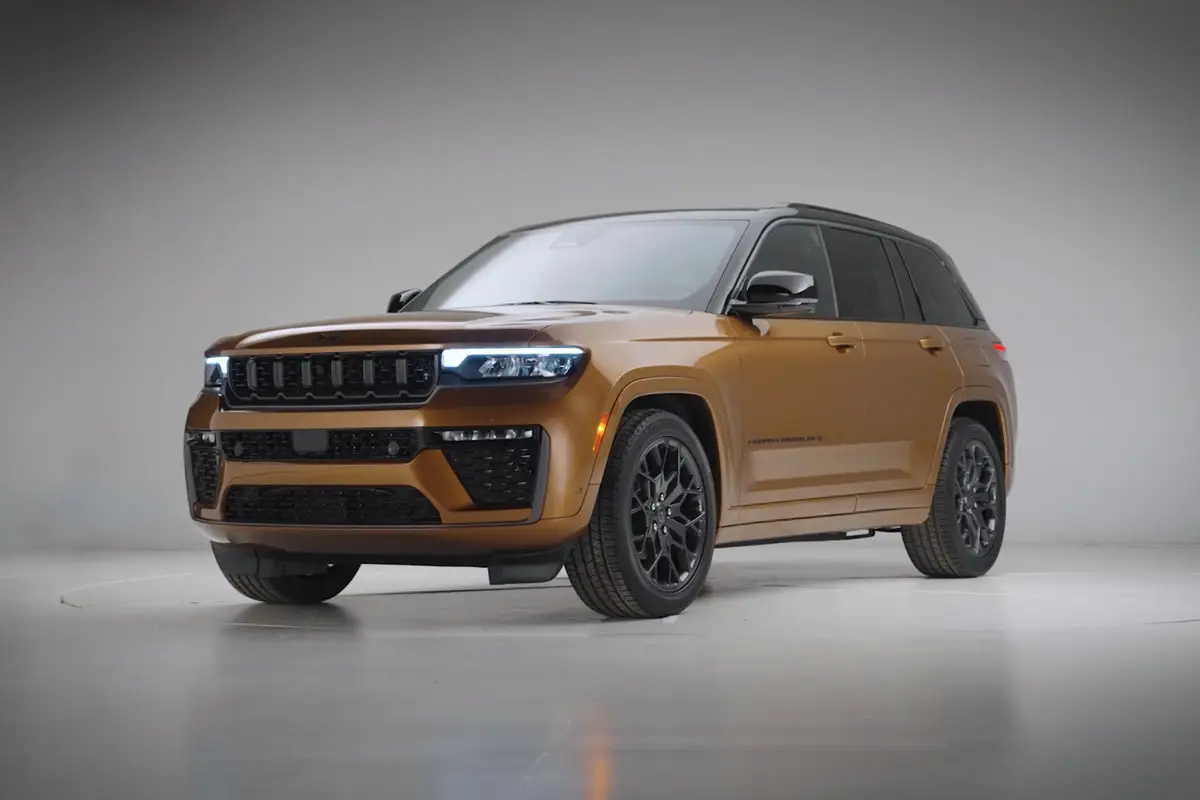Too Many Parents Skimp on Booster Seat Use


After years of wrangling with heavy child-safety seats, Latch systems and five-point harnesses, booster seats seem so “easy.” At their most basic, these car seats raise up a child so a seat belt is positioned correctly to protect them in a crash. However, even this easy car seat is being used incorrectly — or not used at all — by parents.
Related: 19 New Booster Seats Earn IIHS Best Bet Title
A new study from Safe Kids Worldwide found that 9 out of 10 parents move their child out of the booster seat too soon. Based on a national online survey of 1,000 parents of kids between ages 4 and 10, the study also found that 70 percent of parents didn’t know when a child should be moved out of a booster seat.
The study, which was partially funded by a General Motors Foundation grant and released during Child Passenger Safety Week, also found that 1 in 5 parents with children in carpools “bend the rules” when they’re the driver, allowing kids to ride in the car without their seat belts or without their car seats. One in 4 parent respondents said they don’t make their child buckle up on every ride.
“We found there’s a need to remind parents, and anyone who drives a child, about the importance of using a booster seat until a seat belt alone fits safely,” said Kate Carr, president and CEO of Safe Kids Worldwide in a press release. “Here’s an easy tip: A child needs to be at least 57 inches tall and between 80 and 100 pounds to ride with just a seat belt.”
Even though a car’s backseat is often considered a child’s domain, rear seats and their seat belts are designed for adults. This means that a seat belt often doesn’t fit correctly on a child sitting in the backseat without a booster seat.
Boosters raise up a child to allow a shoulder seat belt to be positioned snugly across their shoulder and chest — not across the neck or face. The lap belt should rest on the child’s upper thighs instead of on the stomach.
Simple, right? But a booster is an important tool in protecting a child in the car. For children ages 4 to 10, car crashes are the second-leading cause of death, according to Safe Kids Worldwide.
The solution is simple: If your child is less than 4 feet 9 inches tall, make sure they’re riding in booster seat. Once they’ve hit that height number — my son was almost 11 years old when he was finally tall enough and heavy enough to graduate out of his booster seat — make sure that your child rides in the backseat instead of the front seat. They shouldn’t be in the front row until age 13.
Cars.com photo by Jennifer Newman

Editor-in-Chief Jennifer Newman is a journalist with more than 25 years of experience, including 15 years as an automotive journalist at Cars.com. Jennifer leads the Editorial team in its mission of helping car shoppers find the vehicle that best fits their life. A mom of two, she’s graduated from kids in car seats to teens behind the steering wheel. She’s also a certified car-seat technician with more than 12 years of experience, as well as member of the World Car Jury, Automotive Press Association and Midwest Automotive Media Association. LinkedIn: https://www.linkedin.com/in/jennilnewman/ Instagram: @jennilnewman
Featured stories


2026 Aston Martin DBX S Review: Excellence in (DB)X S


